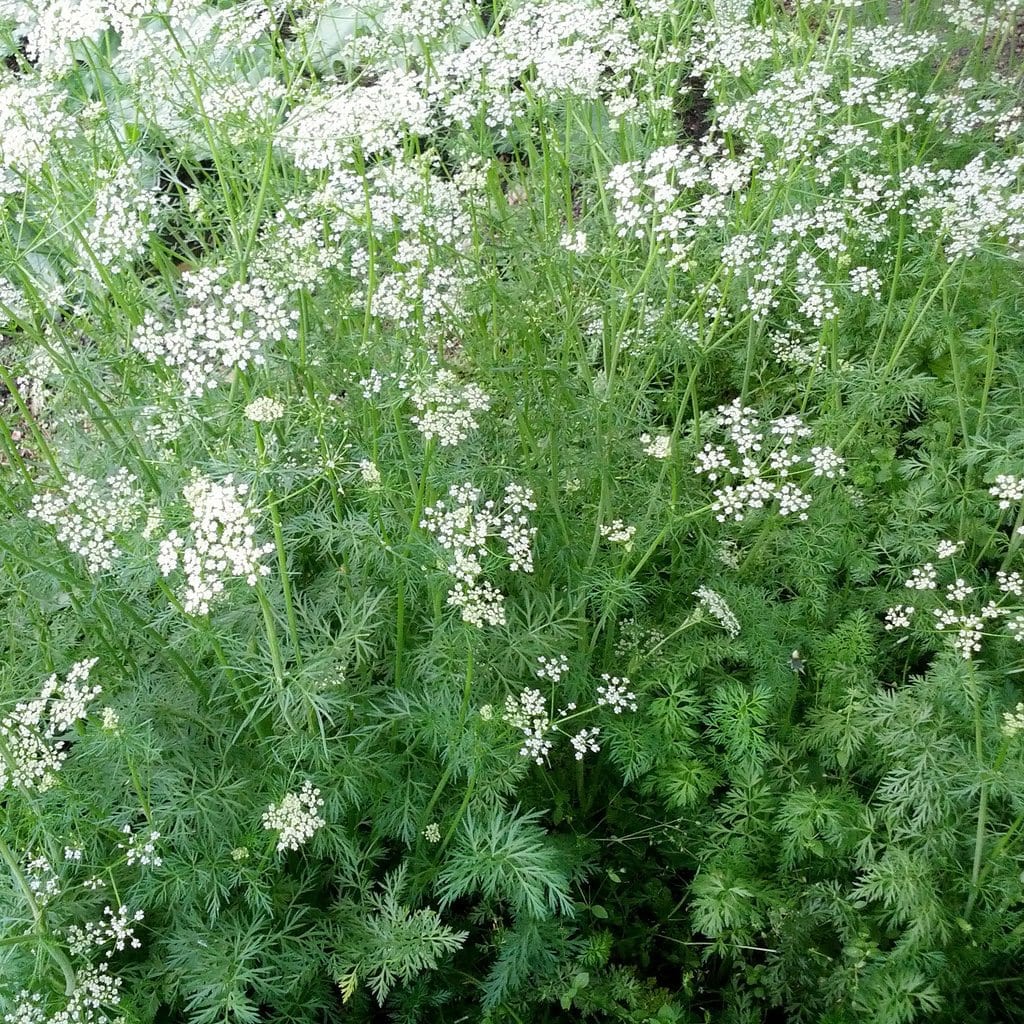| Maturity (days) | Annual |
|---|---|
| Plant height (cm) | 45 |
| Spreading (cm) | 30 |
| Formulation | Untreated |
Cumin
Cumin
4.79$
In stock
Cumin has been added to cart
Buy 3 and get a 10% discount
The cumin seeds are mainly used as spice. Their flavour resembles that of the caraway seed but is more pronounced. Used in soups, breads, cheeses, it is a basic ingredient for making commercial curry powder. It is preferable to start cultivating cumin plants in a greenhouse because it requires warm conditions.
Cultivation mode
Plantation : Indoor: eight to ten weeks before the last frosts. Use small individual containers, as they do not support transplantation. For container culture, sow seedlings in 3 to 5 seed pockets directly into 30 cm containers in March and expose them to sun and heat. In May we take out the pots to air them.Outdoor: Sow at the end of May.
Soil : Indoor: A well-drained, porous seedling soil is ideal for preventing overwatering.Outdoor: the soil is well drained, light and rich in humus. You can also sow in a pot on your patio as long as the soil is well drained.
Spacing : space the plants 20 to 30 cm in all directions.
Cultural practices : cumin likes heat and full sun exposure. Incorporate potting soil or well-rotted compost or any other amendment into your soil. Weed and hoe regularly. Be sure to water well, the soil should stay a little wet. We advise you to mulch the feet so that the soil does not dry out in the sun.
Harvest : 3-4 months after sowing it is time to harvest the cumin seeds. When the seeds turn from green to gray brown, they are ripe. Cut the flower stalks off at ground level and hang them in a dry, well-ventilated place. Place a container or cloth underneath. The stem will dry out and release the seeds that will fall into the laundry, this is a very easy way to collect them. After a few days, beat the stems on the cloth or in the container to collect the last seeds. Once properly dried, the seeds will keep in airtight boxes or paper bags for many months.
| Latin name |
Cumimum cynimum |
|---|---|
| Companion plants |
cucumber, pickling cucumber |

